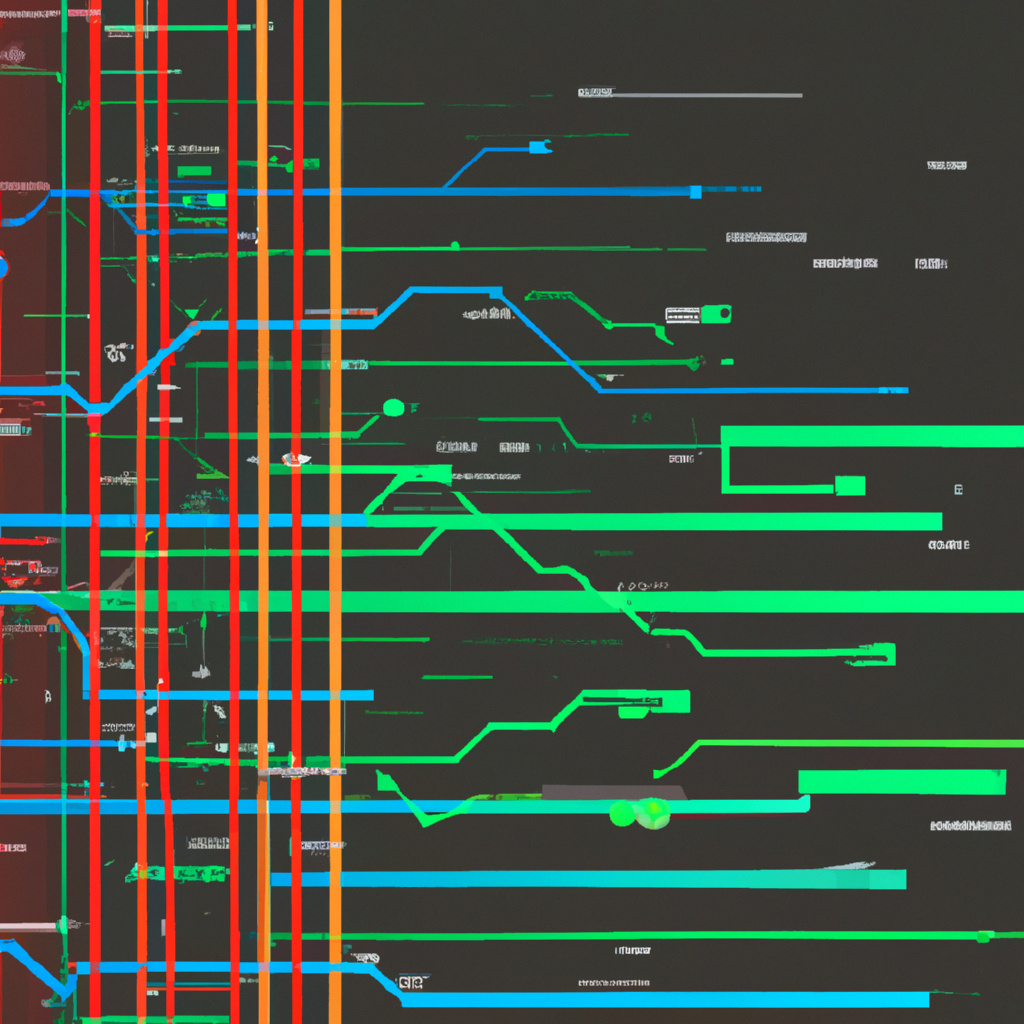Labs
UX Design
UX Design is the practice of creating intuitive and user-centered experiences to improve satisfaction, boost businesses, and revolutionize industries.

User Experience (UX) Design is a crucial aspect of any digital project, ensuring that users have a seamless and enjoyable experience. In this article, we will explore the key principles and best practices of UX Design to help you create impactful and user-centric designs.
Where did UX Design come from?
User Experience (UX) Design plays a crucial role in creating digital products and services that are both user-friendly and visually appealing. UX design has its roots in human-computer interaction (HCI), which originated in the 1970s. Over time, it has evolved to encompass a more holistic approach, considering factors such as user emotions, cognitive processes, and business goals. Today, UX design is an integral part of the digital transformation journey, enabling businesses to deliver exceptional experiences to their customers while achieving their objectives.
What are the key concepts?
Some of the key concepts involved in UX Design include:
- User-Centered Design: UX design focuses on creating products and services that meet the needs and preferences of users, putting their experience at the center of the design process.
- Empathy and Understanding: UX designers must empathize with users to gain a deep understanding of their motivations, goals, and frustrations in order to create meaningful experiences.
- Information Architecture: This refers to the organization and structure of information within a product or service, ensuring that it is intuitive, easy to navigate, and supports users in finding what they need.
- Usability Testing: UX designers conduct tests with real users to gather feedback on prototypes or existing designs. This helps identify areas for improvement and validate design decisions.
- Iterative Design Process: UX design is an ongoing cycle of researching user needs, designing solutions based on findings, testing those designs with users, gathering feedback, iterating on designs, and repeating the process until an optimal solution is achieved.
What's the process?
The UX design process involves several key activities aimed at creating user-friendly digital experiences. These activities typically include user research, where designers gather insights about their target audience and their needs. Next comes ideation and wireframing, where designers brainstorm and sketch out potential solutions. Then comes the prototyping stage, where low-fidelity or high-fidelity prototypes are created to test the proposed designs. User testing is then conducted to gather feedback and iterate on the design. After making necessary revisions, the final designs are implemented by the development team. Throughout this process, collaboration and communication between designers, developers, and stakeholders play a vital role in ensuring a successful UX outcome.
What outcomes can you expect?
Some of the outcomes you can expect from working with UX Design are:
- Improved user satisfaction: By focusing on the user's needs and preferences, UX design ensures a more intuitive and enjoyable experience, leading to higher levels of customer satisfaction.
- Increased conversion rates: A well-designed UX can guide users towards desired actions, such as making a purchase or signing up for a newsletter, resulting in improved conversion rates.
- Reduced bounce rates: A user-friendly interface and smooth navigation help reduce bounce rates by keeping users engaged and encouraging them to explore further.
- Enhanced brand perception: A visually appealing and consistent design creates a positive perception of your brand, building trust and credibility among users.
- Higher customer loyalty: When users have positive experiences with your product or service, they are more likely to become repeat customers and recommend your brand to others.
Are there any debates or criticisms to be aware of?
- The debate on the importance of quantitative data versus qualitative insights in UX design continues, with some arguing for a more balanced approach.
- There is controversy around the use of dark patterns, manipulative design elements that can exploit users' vulnerabilities.
- Accessibility is a constant concern in UX design, and debates arise around balancing inclusive design practices with meeting business goals.
- The drawbacks of user testing include limited sample sizes, potential bias from participants, and difficulty replicating real-world scenarios.
- Agile methodologies can clash with traditional UX processes, leading to debates on how to effectively integrate both approaches in project workflows.
Conclusion
UX Design is a critical component of any innovation and transformation project. By focusing on user needs, conducting usability testing, organizing information effectively, and prioritizing visually appealing interfaces, businesses can achieve improved customer satisfaction, higher conversion rates, reduced bounce rates, enhanced brand perception, and increased customer loyalty. However, it's important to address challenges such as lack of user research and balancing novelty with familiarity. Through an iterative process and continuous refinement based on user feedback, UX designers can optimize the user experience and create successful products or services.
TLDR;
- UX Design is a crucial aspect of innovation and transformation projects.
- It focuses on enhancing user satisfaction by improving the usability and accessibility of products or services.
- The benefits of UX Design include increased customer loyalty, higher conversion rates, and improved brand perception.
- However, challenges such as budget constraints and resistance to change may arise during the implementation process.
- Collaboration between designers, developers, and stakeholders is essential for successful UX Design outcomes.
